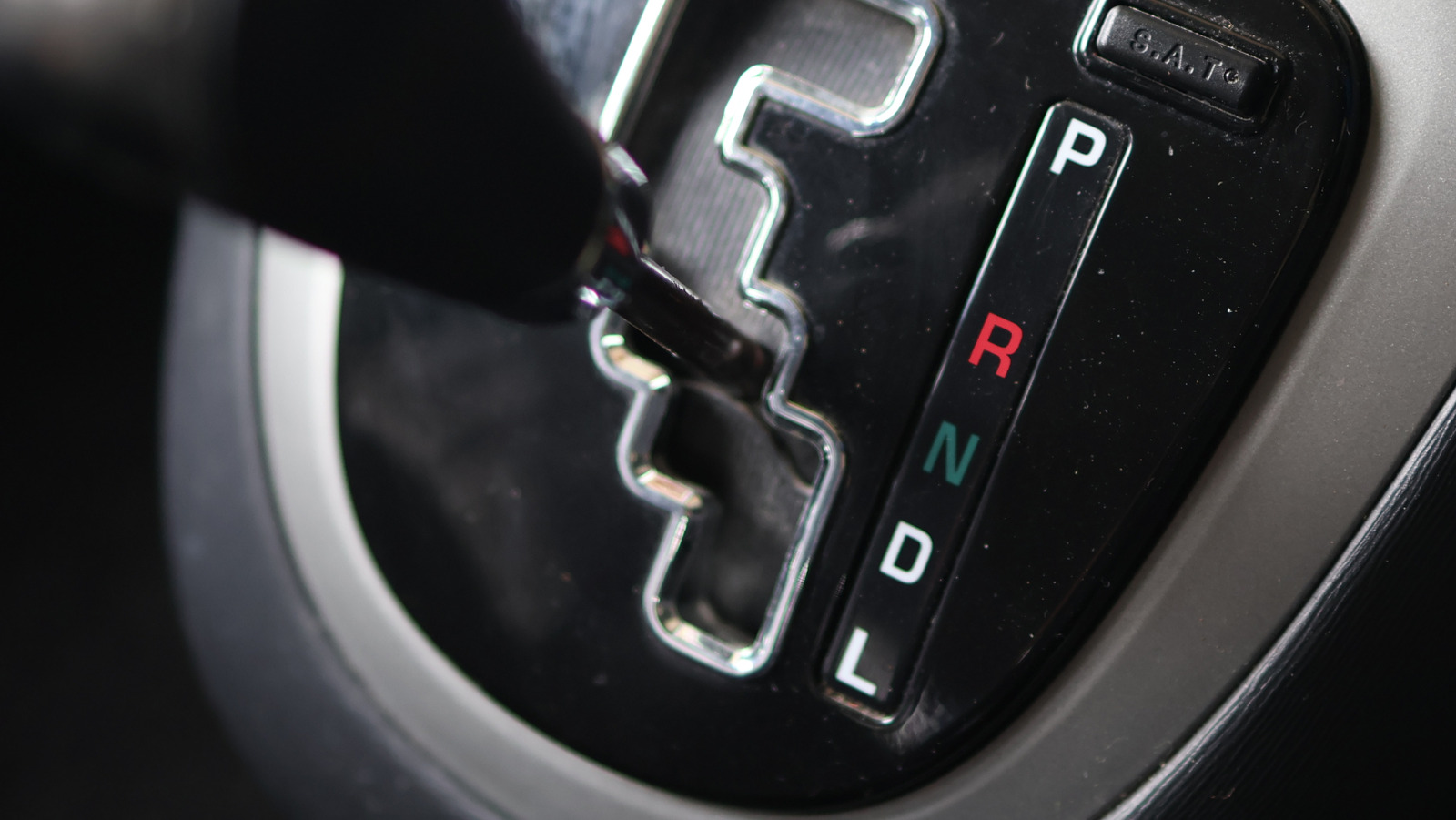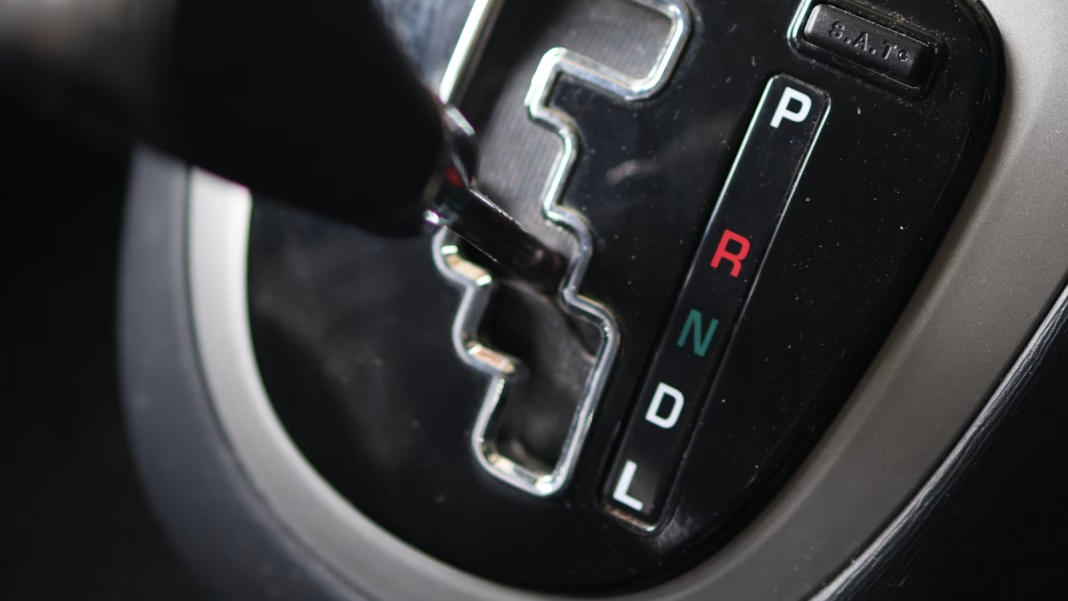Who Actually Invented the Automatic Transmission?
If you’ve ever cruised down the highway with one hand on the wheel and the other on your coffee, you owe a lot to the automatic transmission. But who actually came up with this game-changing bit of engineering? The answer isn’t as straightforward as you might think.
The first patent for an automatic transmission dates back to 1921, credited to a Canadian engineer named Alfred Horner Munro. Munro’s invention was air-operated, not hydraulic, which meant it wasn’t quite up to the task of handling the power of early automobiles. Still, it was a bold first step—proof that the idea was in the air, even if the execution needed work.
It wasn’t until the late 1930s that things really shifted into gear. General Motors, with a team led by Earl A. Thompson, developed the Hydra-Matic transmission. This was the world’s first mass-produced fully automatic transmission, and it debuted in the 1940 Oldsmobile. Suddenly, driving became a lot less about wrestling with a clutch and more about enjoying the ride.
What Made the First Automatic Transmission Work?
The Hydra-Matic was a marvel for its time. It combined a fluid coupling (think of it as a more forgiving version of a clutch) with a series of planetary gears. The result? Smooth, clutchless shifting that felt almost magical compared to the manual gearboxes of the era.
But let’s be honest: early automatics weren’t perfect. They were heavy, sometimes clunky, and not especially fuel-efficient. Still, they represented a leap forward in convenience and accessibility. For many drivers, especially those with physical limitations, the automatic transmission was a ticket to independence.
How Did the First Cars with Automatics Change Driving?
The 1940 Oldsmobile Series 60 was the first production car to feature the Hydra-Matic. Imagine the buzz at the dealership—no more stalling at stoplights, no more learning to feather the clutch on a hill. It was a revelation.
By 1941, Cadillac had adopted the Hydra-Matic, and the technology spread quickly across the industry. During World War II, even military vehicles got in on the act, with tanks using versions of the Hydra-Matic for smoother operation under fire. That’s right: the same technology that made your grandparent’s sedan easier to drive also helped win battles.
What Were the Early Challenges and Missteps?
No innovation comes without a few bumps in the road. Early automatics were expensive, and some drivers just didn’t trust them. Mechanics faced a steep learning curve, too—these transmissions were complex, and repairs could be tricky.
There were also some outright failures. For example, the Munro transmission never caught on because it couldn’t handle the torque of most engines. Even the Hydra-Matic, as advanced as it was, required regular maintenance and could be temperamental in cold weather.
How Has the Automatic Transmission Evolved Since Then?
Fast forward to today, and automatic transmissions are everywhere. Modern versions use computer controls, multiple gears (some with up to 10 speeds), and even hybrid electric systems. According to a 2023 report from the International Organization of Motor Vehicle Manufacturers, over 90% of new cars sold in North America now come with automatic transmissions.
Automatics have become lighter, more efficient, and more reliable. Dual-clutch and continuously variable transmissions (CVTs) have pushed the boundaries even further, offering lightning-fast shifts and improved fuel economy. The days of the sluggish, gas-guzzling automatic are long gone.
Why Does This History Matter to Today’s Drivers?
Understanding where the automatic transmission came from isn’t just trivia—it’s a reminder of how innovation shapes our daily lives. Every time you slip your car into drive and merge onto the freeway, you’re benefiting from decades of trial, error, and relentless tinkering.
The big takeaway? The automatic transmission isn’t about perfection—it’s about smarter adjustments. Start with one change this week, and you’ll likely spot the difference by month’s end.


